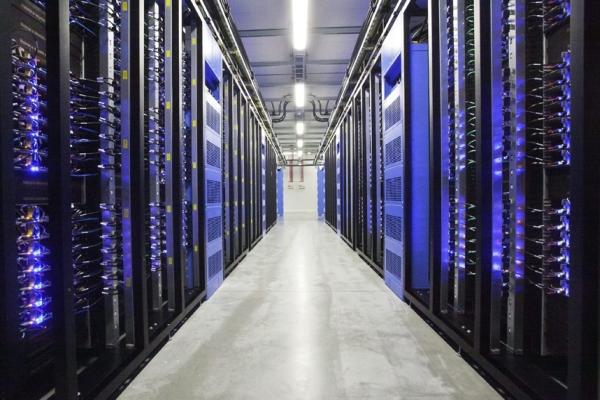Published on the 02/09/2015 | Written by Newsdesk

As a result of increased adoption of cloud computing the Australian outsourced data centre market continues to grow strongly…
According to a new Frost & Sullivan’s report, Australian Data Centre Services Market 2015, the country’s high growth phase of outsourced data centre adoption will peak in 2015 and ease off in 2016 and 2017 as the rate of new data centre capacity entering the market slows down.
In 2014, data centre services revenue in Australia totalled A$826 million; a growth of 18.3 percent over 2013. Co-location service accounted for approximately 69 percent of the total data centre services market.
Data centre services revenue for 2015 is predicted to grow by 18.2 percent, but whilst managed hosting continues to see strong revenue growth, co-location revenue growth is beginning to ease as an increasing proportion of data centre clients migrate their co-location and managed hosting services to cloud services.
Frost & Sullivan senior research manager ANZ ICT Practice Phil Harpur said that wholesale data centre providers and those that focus on co-location services only face significant pressure because of this trend. However, the growth of cloud services has been a key factor in developing new business opportunities for data centre specialist providers.
Frost & Sullivan predicts the Australian data centre services market to grow at a CAGR of 13.7 percent from 2015 to 2020. Managed hosting will experience stronger growth than co-location over this period, as demand decreases due to companies migrating from co-location to cloud services.
Cloud providers, especially larger global providers such as AWS, Microsoft Azure and IBM SoftLayer are driving strong growth in the market and rapidly expanding their cloud capacity, whilst the government sector continues to increase its use of third-party hosted data centres.
Demand is also growing for disaster recovery and business continuity services. Connected, multi-tenanted data centres are best placed to provide these services. Most third-party data centre providers in Australia have multiple data centres in multiple locations.
The average power density requirement of data centres is now up to 40KW to 50KW per rack and continues to increase in line with the increasing demand for high-performance computing applications. As rack densities decrease, physical data centre space needed declines. This trend impacts data centre providers offering co-location services on both a retail and wholesale level.
Harpur said, “There are growing opportunities for niche providers specialising in specific verticals to enter the market. For example, Canberra Data Centres and Australian Data Centres focus on the government sector in Canberra. The Australian Liquidity Centre (ALC), which is owned by the Australian Stock Exchange, services organisations in the financial services segment.”
“To cater to the growing demand for data centre services, specialist providers, including local providers such as NEXTDC, Metronode and Canberra Data Centres, and global providers such as Equinix, Global Switch and Digital Realty, have added data centre capacity, either by expanding their existing data centre facilities or building new ones. A growing trend for large IT service providers and telcos that own their own data centres is to consolidate their data centre footprint by shutting down older, less efficient data centres and leasing data centre space within the larger and newer facilities of these data centre specialists, as it is more cost effective, “added Harpur.
Data centre providers have several challenges. Significant new data centre capacity has entered the market over the last few years, causing lower than average occupancy rates, while placing downward pressure on data centre pricing. However, additional capacity is generally being absorbed quickly.
Securing sites in CBD locations and gaining access to sufficient power is increasingly challenging and it is becoming increasingly difficult for data centre owners to plan for additional capacity.



























